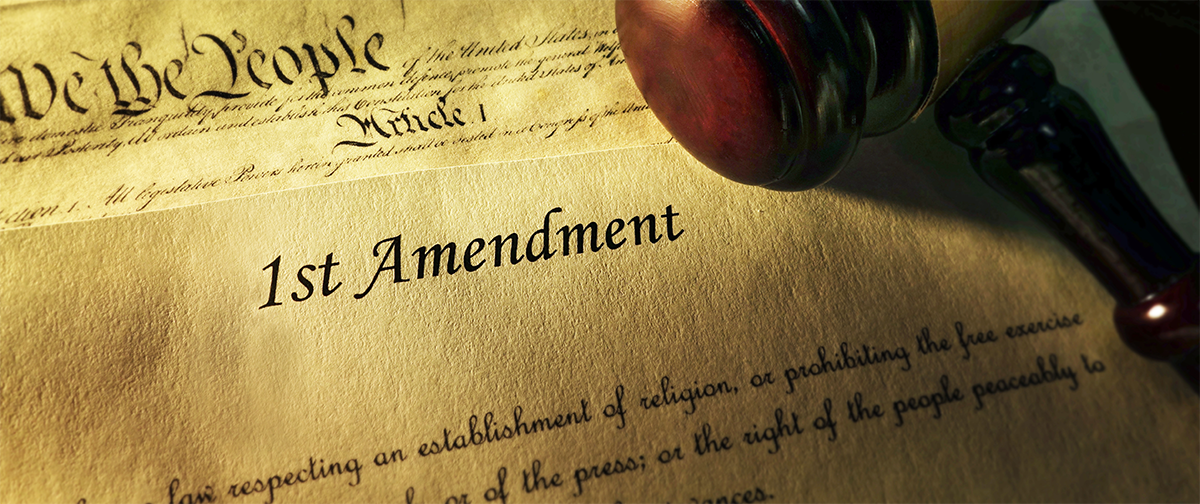Kerby Anderson
We should be encouraged that the pendulum is swinging back to an embrace of free speech. Changes at Twitter along with a Supreme Court case that will likely uphold free speech are encouraging signs.
But the problem will continue because of what is taught and implemented at many universities. For example, nearly half of the younger generation polled in a University of Chicago survey say that colleges should limit freedom of speech “in extreme cases.” This would include limiting what they perceive as offensive language or even costumes that stereotype certain racial and ethnic groups.
Another study done by a professor at the University of California at Los Angeles found that one-fifth of undergraduates say it is acceptable to use physical force to silence a speaker who makes “offensive and hurtful statements.” When students were asked whether the First Amendment protects “hate speech,” 4 in 10 said “No.” That is not correct!
Why do so many college students believe that physical force can be used to stop free speech? One reason is their belief that speech is violence. If that is the case, then violence can be used to stop speech they believe is violent.
Jonathan Haidt, in his book The Fragile Generation, laments what he calls “concept creep.” He argues that when a word like “violence” is allowed to creep so that it includes a lot of things that are not “violence,” this causes what he calls “a cascade of bad effects.” One of those is the belief that people can use violence against certain types of free speech.
Constitutional illiteracy about First Amendment freedoms, coupled with a redefinition of words like violence, has given us a world where many college students willingly accept various attempts to restrict free speech.
 Listen Online
Listen Online Watch Online
Watch Online Find a Station in Your Area
Find a Station in Your Area










 Listen Now
Listen Now Watch Online
Watch Online
